From her uncanny, colorful drawings to her abstract wooden sculptures, Marisol’s retrospective at the MMFA features the full breadth of the artist’s prolific career.
The Montreal Museum of Fine Arts is currently hosting a retrospective exhibition on the life and work of artist Marisol Escobar, commonly known as Marisol. She was an important figure of the Pop Art movement in the 1960s. She was also a close friend and collaborator of Andy Warhol.
Her nomadic lifestyle might explain why her work is so diversified. Born in Paris to Venezuelan parents, Marisol lived in New York for most of her life and traveled to various corners of the world—each new destination giving her art a new breath. She experimented with all types of mediums; her portfolio includes drawings, paintings, photography, and film, but her sculptures are her most distinguishable creations.

As a politically engaged feminist, Marisol’s art strongly reflected her convictions. In a similar manner as Frida Kahlo, Marisol often integrated her own face and body parts into her abstract wooden sculptures. Some recurrent themes in Marisol’s artwork are family, maternity, women’s place in society, political conflicts and even gender nonconformity, which was a cutting-edge topic for an artist born in 1930.
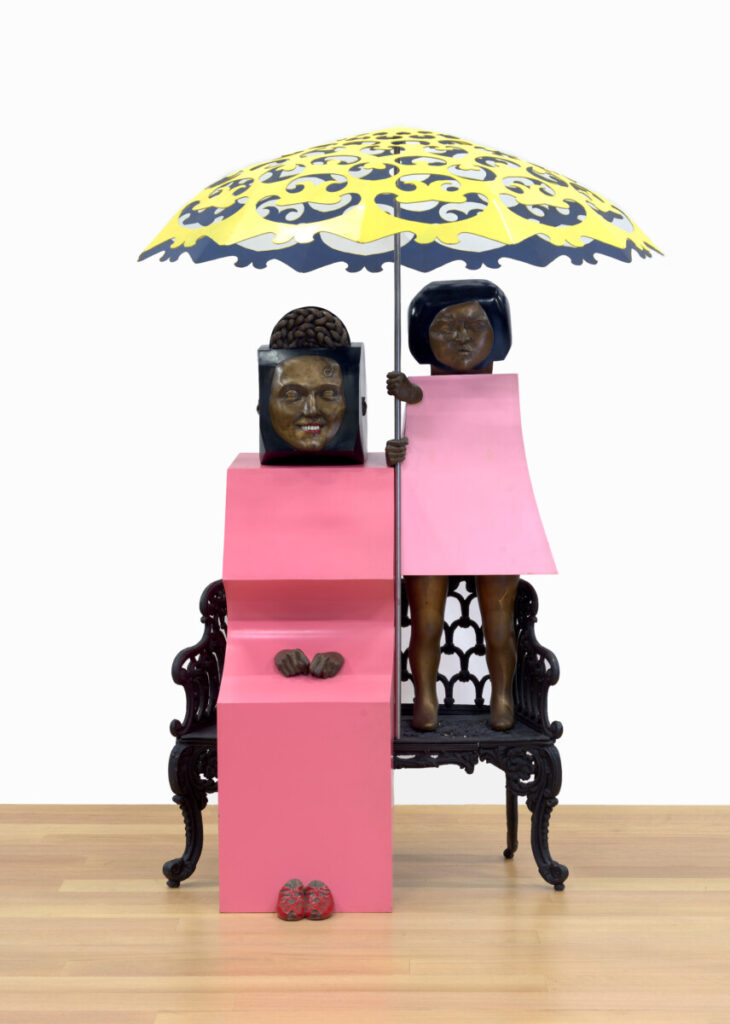
The retrospective is separated into six galleries, each representing a phase in Marisol’s chronological artistic development. The entrance gallery displays her earlier work starting in the 1950s: mostly colorful drawings and paintings, some bronze sculptures and some small wooden sculptures. This period was during her twenties, when she was making connections with other young New York artists and experimenting with drugs, which is evident in the psychedelic appearance of many of the pieces she created at that time.
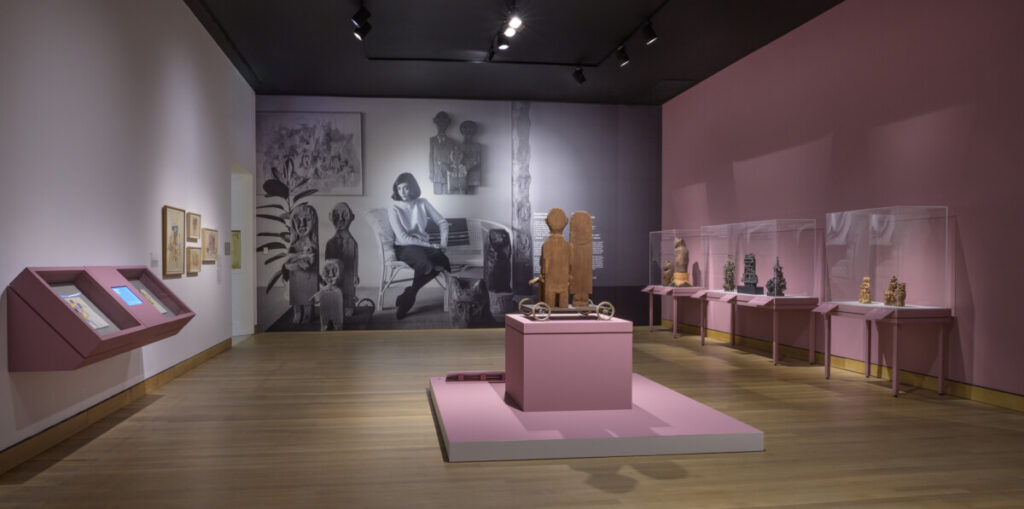
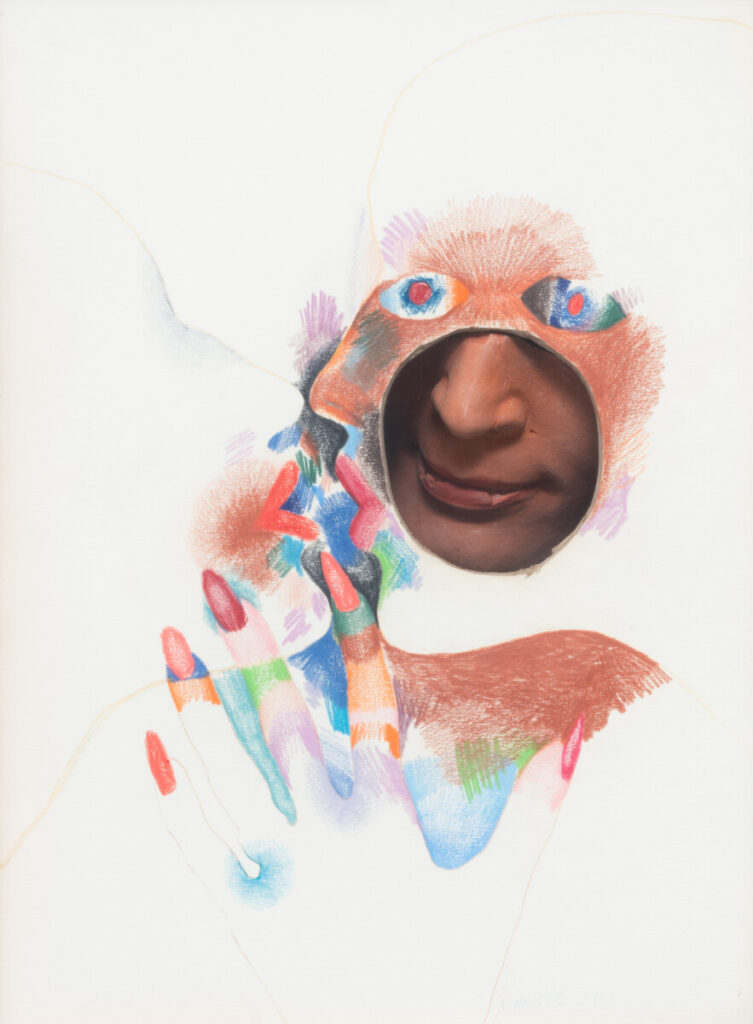
Moving into the second gallery, the viewers encounter more drawings and paintings that line the periphery of the space which is otherwise filled with popular sculptures Marisol made in the 1960s. Most are made of wood and stand taller than the average human. The collection includes two gigantic babies with wooden bodies and pencil-drawn faces, a boy sitting on a chair wearing Andy Warhol’s shoes, two naked cyclists and much more.
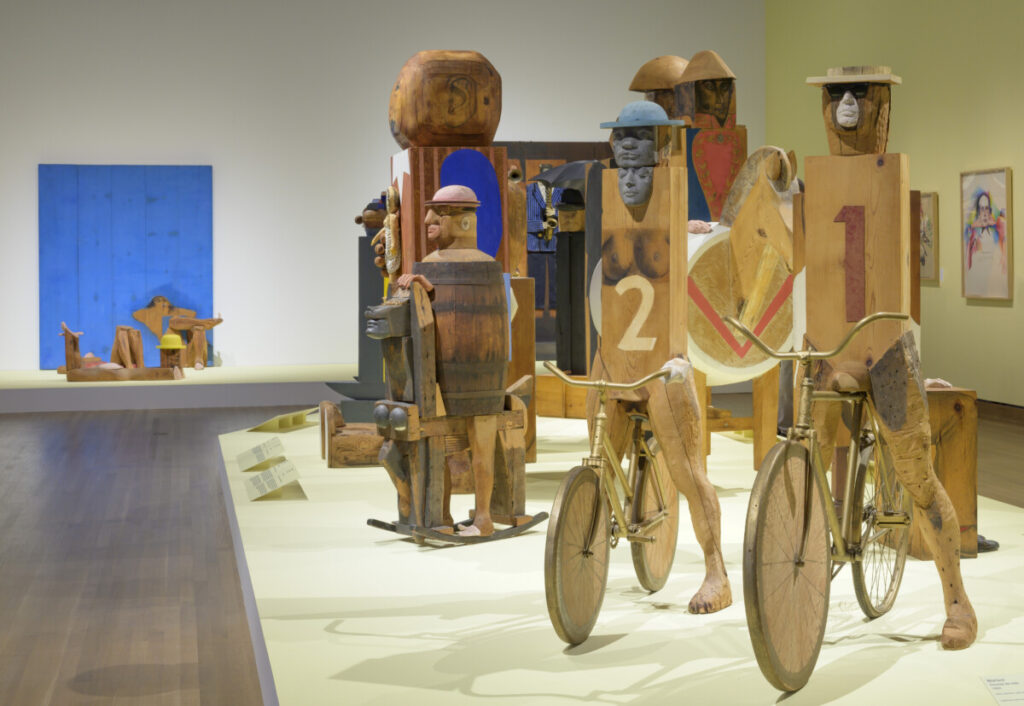
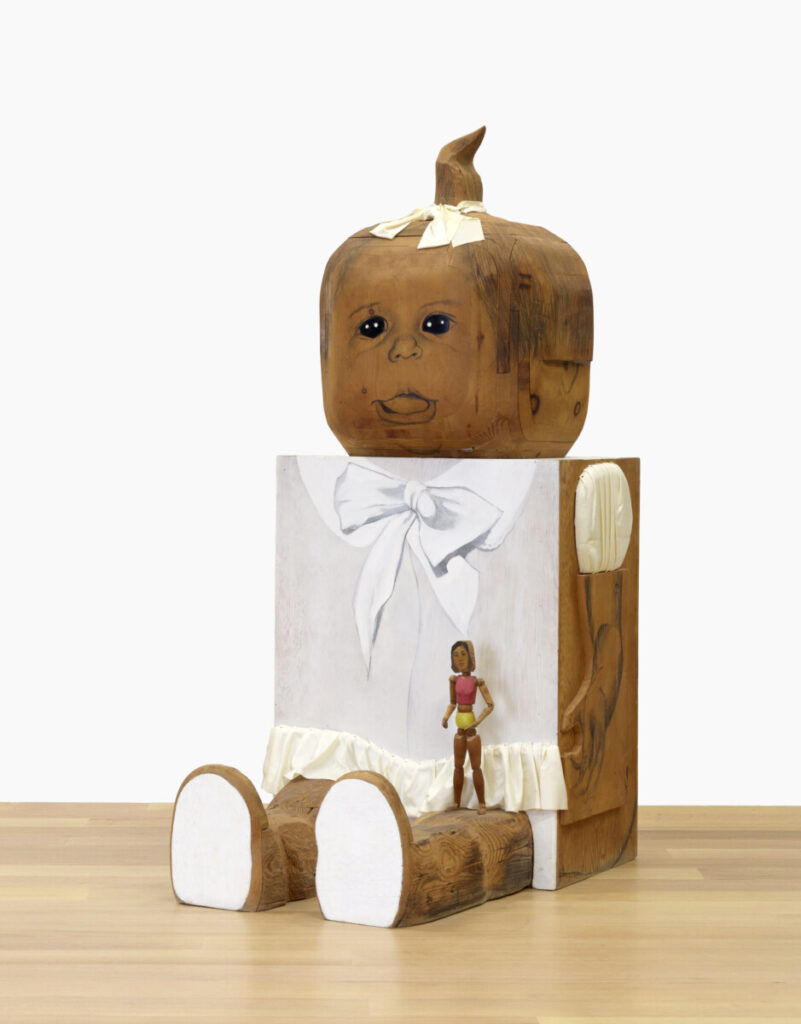
The third gallery hosts some of Marisol’s most ambitious works, such as her piece The Party, which is made up of 15 life-size figures all dressed in gowns, a reflection of New York’s social scene in the mid-twentieth century. The works in this gallery also largely reflect Marisol’s concerns with the multifaceted nature of identity, as can be recognized in the many faces of her self-portraits.
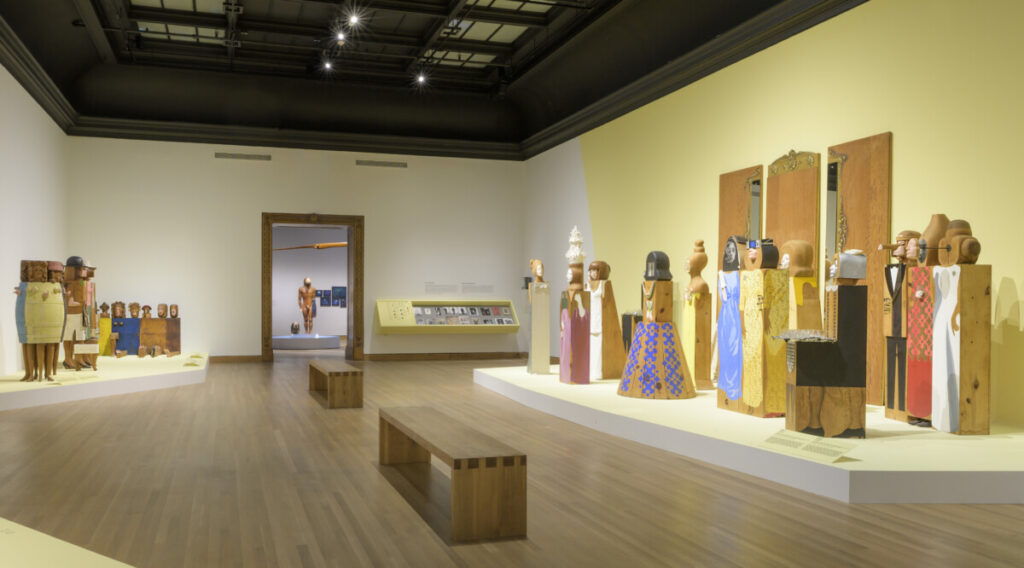
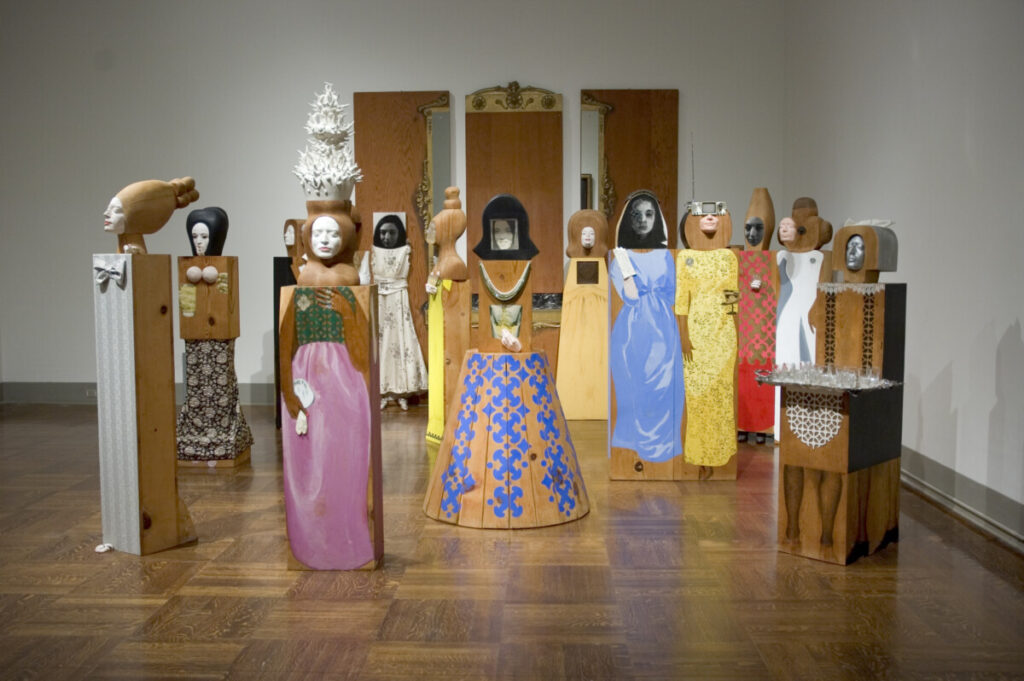
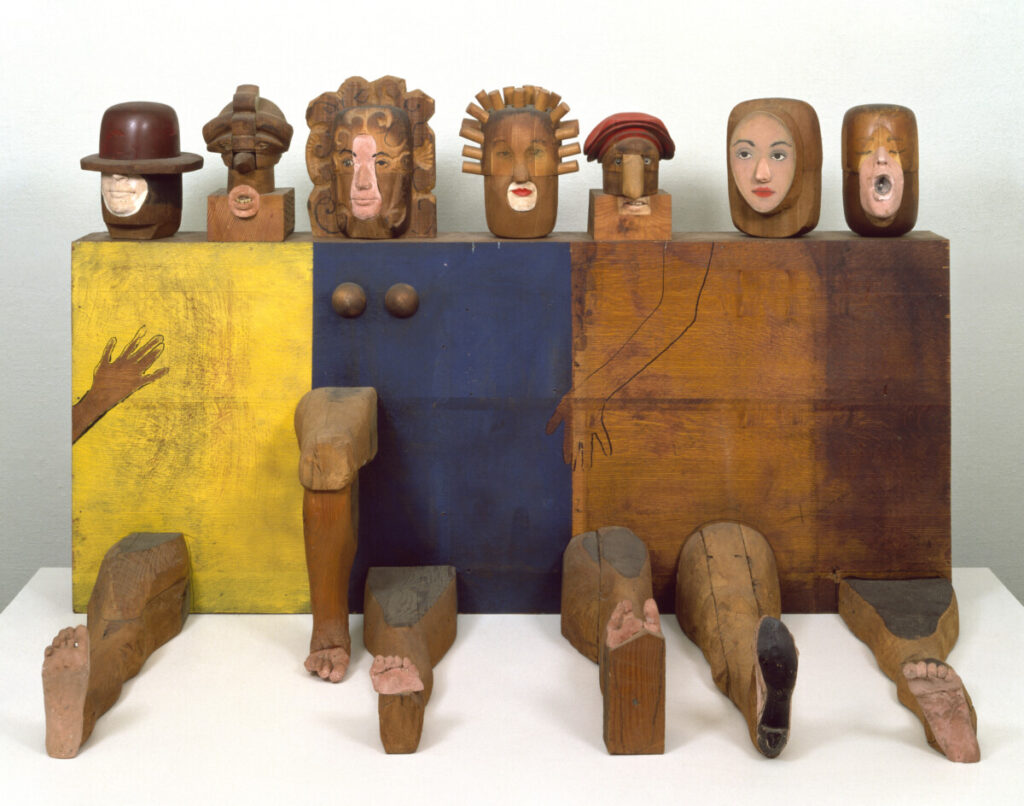
The fourth gallery displays Marisol’s work in the 1970s, when her popularity peaked. She started to take intensive diving lessons which inspired her to create pieces related to the underwater world and the ocean environment such as films, paintings of seascapes and a sculpture of a real-size fish-man.
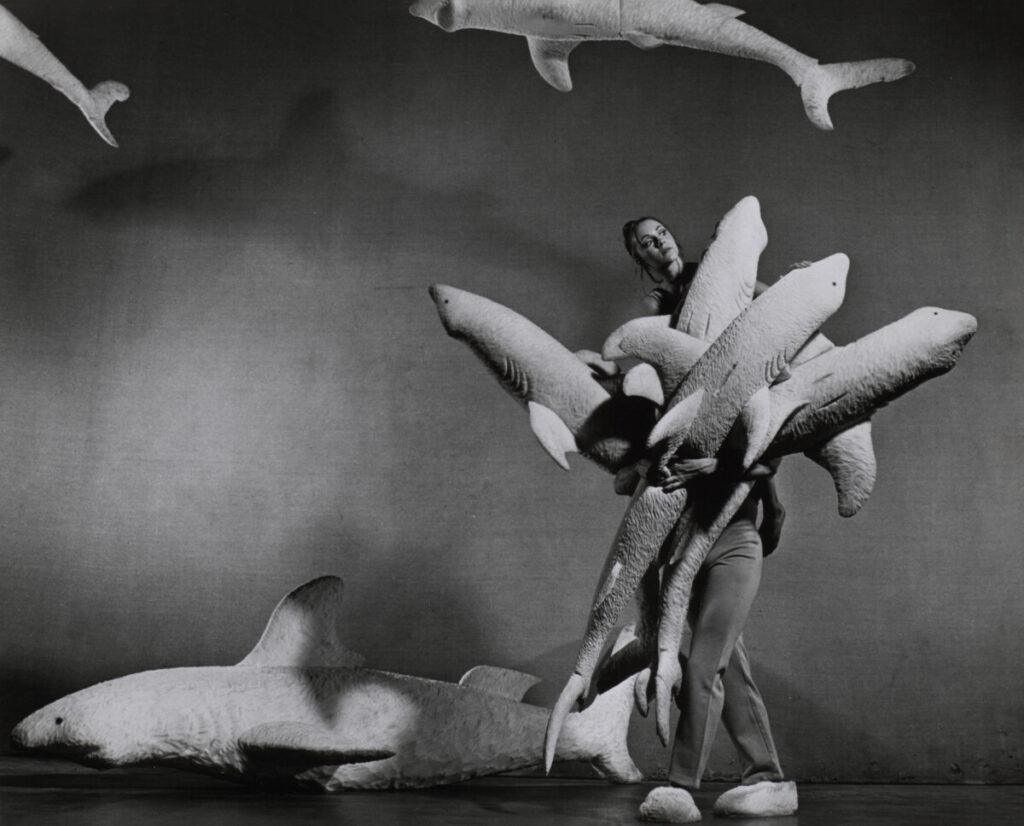
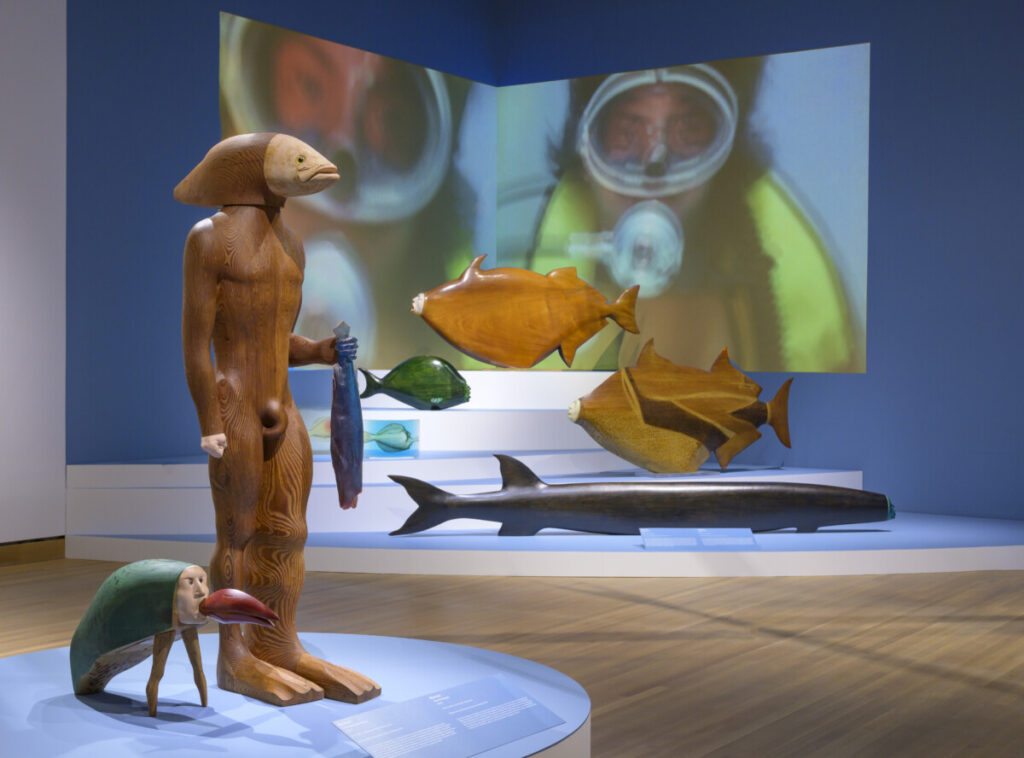
Moving on to the fifth gallery, the space is filled with creations Marisol made using different parts of her body: there is a painting she created by pressing herself onto the paper while soaked in ink, as well as some clay hands, arms, feet and faces. There is a shift here between her usual approach of abstracting the female body through wooden sculpture to abstracting it through impressions.
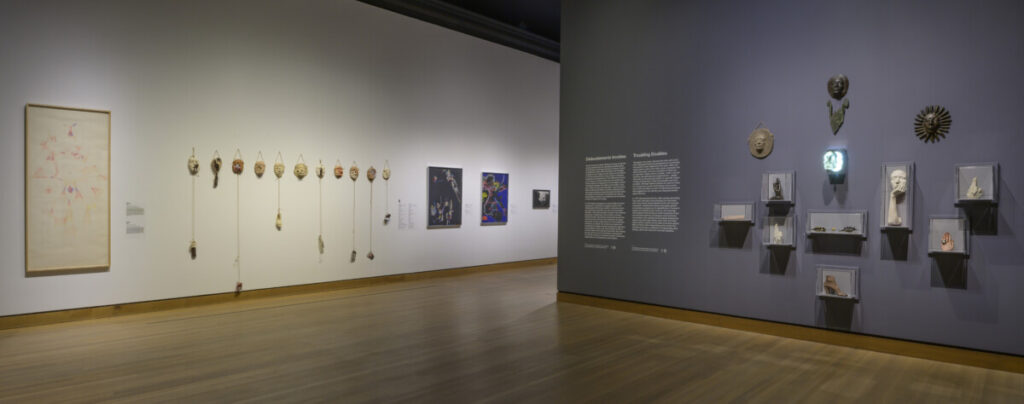

Naturally, the final gallery features the work Marisol made toward the end of her life. In the 1980s and 90s, she continued to make political pieces. She created public monuments, which are mostly in Venezuela.
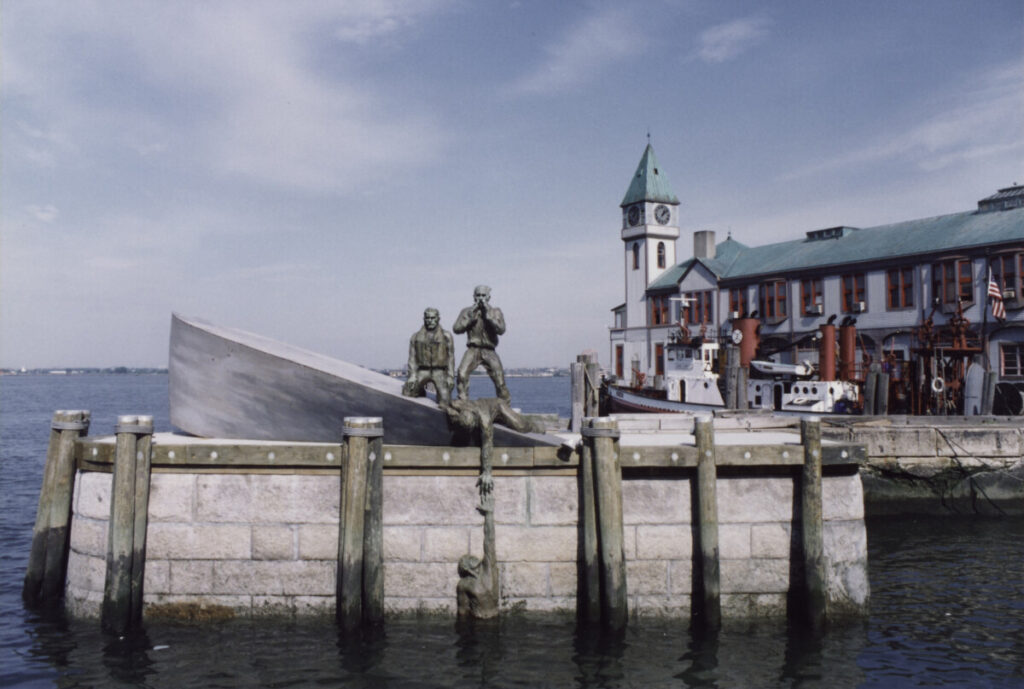
She also met a shaman around that time and was deeply affected by this encounter, which inspired some paintings and sculptures that have a distinctly mystical quality to them. In the 2010s, she went back to colorful drawings, bringing her artistic journey full circle. She died in 2016, at age 86.
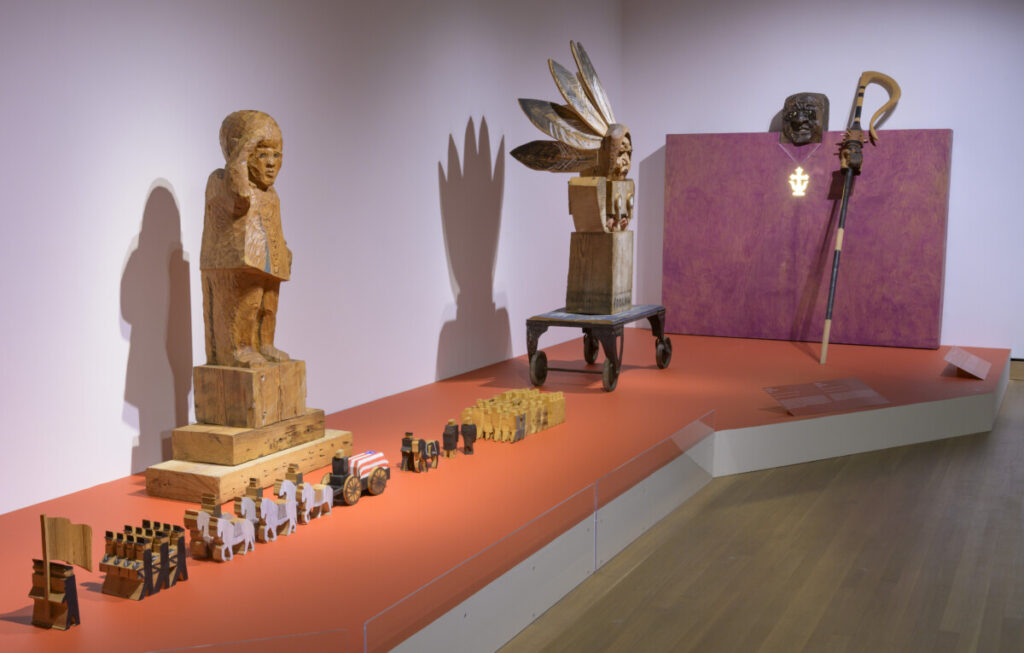
Marisol’s retrospective will be on view at the Montreal Museum of Fine Arts through Jan. 21, 2024.




